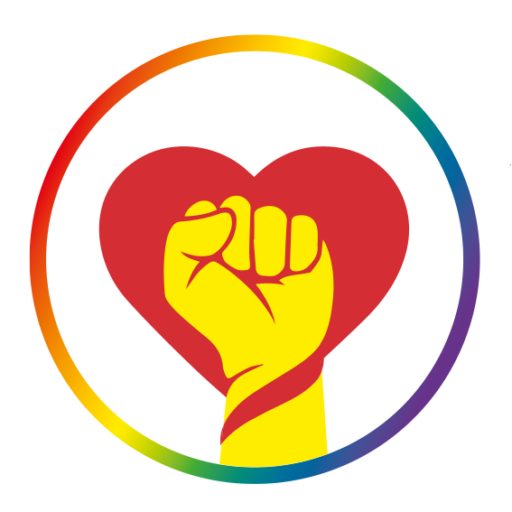Useful Guidelines for Qualitative Research
The Movement Advancement Project, an US think tank and research entity on LGBTQI issues, has compiled very useful guidelines to help in designing your quantitative research:
Speaking the language of your audience is crucial if you want to get the most out of your survey or questionnaire. That means matching the language of your target population. This could include using colloquialisms, jargon, slang and local phrases.
Asking clear, non-leading questions can positively affect your survey results. For example: “Would you rate the president’s performance as good, average, or poor?” is different than asking, “Do you agree with the 68% of Americans who rate the president’s performance as poor, which, by the way, is the lowest approval rating since Nixon?” By clearly defining the concepts, phrasing questions unambiguously, and carefully examining your survey for bias will produce stronger data.
Being careful with the context of your survey can influence someone’s response—even a single-minded focus on a specific topic. Let’s say you want to better understand support for anti-discrimination policy. A survey that clearly focuses on racism and race policy may lead the respondent to answer in a “politically correct” way, skewing the reality within your results. You’ll get a more accurate response by throwing an affirmative action question into a mix of other, non-related policy questions on taxation, education, and foreign policy.
Short is sweet. Keep the survey as short as possible. More people will complete a shorter questionnaire, regardless of the interviewing method. If a question isn’t necessary, don’t include it. Getting people to spend 10 minutes answering questions free of charge is difficult enough. Getting them to do it for 45 minutes is almost impossible.
Source[/ultimate_modal]
From ILGA 2016 Global Attitudes Survey on LGBTI people: “In total, 96,331 respondents completed the full battery of questions on perceptions of LGBTI people. In total, we gathered consistent data on 31 survey questions retrieved from 54 States. A further 11 States are either still being surveyed or respondent numbers were less that 700, which was the minimum cut-off number we decided on.”
Why do you think ILGA decided to have a ‘minimum cut-off’ for the number of participants needed to be included in the final report?
[dt-space height=”20″]
